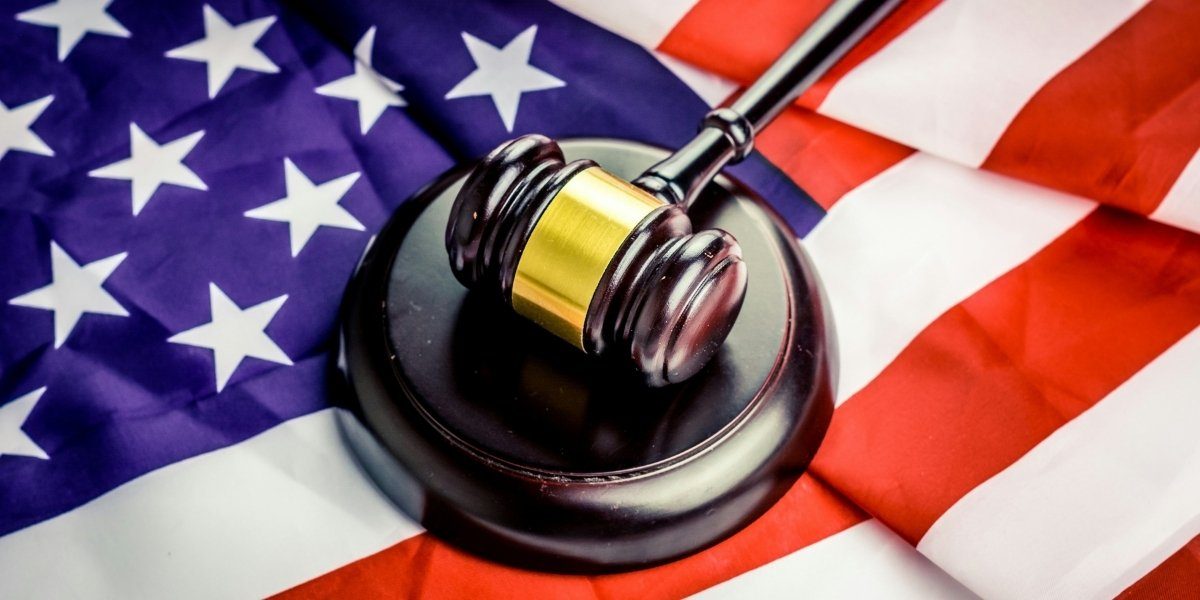Navigating the Complexities of Copyright Infringement in the Digital Age
In the digital age, copyright infringement has become one of the most pressing challenges faced by creators, businesses, and legal systems alike. The rapid growth of digital platforms has made it easier than ever to share and distribute creative works. However, this has also led to widespread unauthorized use of copyrighted material, often without the knowledge or consent of the original creators. Understanding copyright infringement, its implications, and the legal framework that surrounds it is essential for both creators and users of digital content.
Read Also: Angular Sunglasses: The Modern Trend Dominating Fashion
What Constitutes Copyright Infringement?
At its core, copyright infringement occurs when a copyrighted work is used without the permission of the copyright holder in a manner that violates the exclusive rights granted to the creator. These rights include reproduction, distribution, adaptation, public performance, and public display of the work.
When any of these rights are exercised without the creator’s consent or beyond the terms of a licensing agreement, infringement may occur. For instance, uploading a copyrighted song to a public platform without authorization, or using a movie clip in a video without permission, are clear examples of infringement.
Understanding what constitutes copyright infringement is crucial for both creators seeking to protect their work and for users who want to avoid unintentional violations.
What Are the Different Types of Copyright Infringement?
Copyright infringement can take many forms, particularly in the digital space. One of the most common is the illegal downloading or file-sharing of music, movies, or software. Many people turn to torrenting or unauthorized streaming services to access copyrighted material for free. This has become a significant issue in industries like music, film, and gaming.
Another prevalent form of infringement involves unauthorized reproduction of images, text, or software. This happens frequently in the digital realm, where users may copy and share images or excerpts of copyrighted material on websites or social media platforms without obtaining the proper permissions. Even if the material is used for personal purposes, it still constitutes infringement if the copyright owner has not granted the rights.
Online piracy has grown to encompass platforms that host or stream unauthorized content, making it easier for individuals to access and share copyrighted material globally. This has significantly affected industries that rely on the sale or licensing of digital media.
How Does the Legal Framework Address Copyright Infringement?
Legal frameworks surrounding copyright infringement vary depending on jurisdiction, but there are general principles that are widely followed. In many countries, including the Philippines and internationally, copyright laws protect the rights of creators and provide remedies for violations.
Copyright holders can pursue civil lawsuits to recover damages if their work is infringed upon. In some cases, criminal charges may be pressed, especially if the infringement is found to be willful or done for financial gain. Copyright laws also give creators the right to ask for injunctions to stop further infringement and prevent the unauthorized distribution of their work.
On a global scale, international treaties like the Berne Convention and the World Intellectual Property Organization (WIPO) help harmonize copyright laws across countries. However, enforcement across borders can be complicated, making it difficult to tackle copyright infringement that occurs in multiple jurisdictions.
What Are the Challenges of Protecting Copyright in the Digital Age?
The rise of digital technologies and the internet has introduced unique challenges to copyright infringement enforcement. The ease with which digital content can be copied and distributed, often instantly and globally, makes it difficult for creators to control how their works are shared and used.
Social media platforms, blogs, and streaming services have expanded the reach of copyrighted works, but they have also made it harder to track and enforce copyright violations. Users can upload and share content without considering whether it infringes on someone else’s rights. Even when infringing content is taken down, it can be re-uploaded in a matter of minutes.
Moreover, the sheer volume of digital content on the internet creates an enforcement nightmare for copyright holders. It’s a race against time for creators to monitor and protect their work, often without the resources to do so effectively. As digital technologies continue to evolve, the task of protecting copyright will only become more complex.
What Is Fair Use and What Are Its Exceptions?
In the midst of copyright infringement, there are exceptions and limitations to the law that allow certain uses of copyrighted material without permission from the copyright holder. Fair use is one such exception, which permits limited use of copyrighted works for purposes such as criticism, commentary, news reporting, education, or research.
For example, using a short excerpt from a copyrighted work for a review or commentary falls under fair use, as long as it meets the criteria established by law. However, fair use is not a blanket protection—it is often subject to interpretation by courts, which must consider factors like the purpose of use, the nature of the copyrighted work, the amount used, and its potential market effect.
Other jurisdictions, like the UK and Canada, have a similar concept known as fair dealing, but the exceptions may vary slightly depending on local laws.
How Can Creators Protect Their Copyright and Avoid Infringement?
For creators, protecting their work from copyright infringement starts with understanding their rights. The most effective way to ensure copyright protection is through copyright registration, which provides legal proof of ownership in case of infringement. Registration also allows creators to pursue statutory damages if their work is infringed.
Creators should also consider licensing their works for specific uses, such as allowing others to reproduce or distribute their material in exchange for compensation. Licensing agreements clearly define how the work can be used, ensuring that the creator maintains control over their intellectual property.
On the other hand, users can avoid copyright infringement by seeking permission before using copyrighted material, respecting the terms of use on digital platforms, and being mindful of the content they share. By following best practices, such as crediting the creator when required or using content in accordance with fair use guidelines, users can ensure they are not infringing on copyrights.
What Is the Future of Copyright Enforcement?
As digital content continues to proliferate, the future of copyright infringement enforcement is evolving. New technologies, such as digital fingerprinting and watermarking, are being employed to track and protect creative works across the internet. These measures can help creators monitor how their works are being used online and facilitate the quick removal of infringing content.
Read Also: How Advanced Chips Affect Productivity in Modern Devices
Legal reforms are also on the horizon, with many advocating for updated copyright laws that better reflect the realities of the digital age. As technology continues to advance, the conversation around copyright will likely continue to evolve, with more emphasis on finding a balance between protection for creators and access for users.
Public awareness campaigns are another crucial component of future copyright enforcement. Educating the public about the importance of respecting intellectual property can go a long way in preventing unintentional infringement and fostering a culture of respect for creators’ rights.














